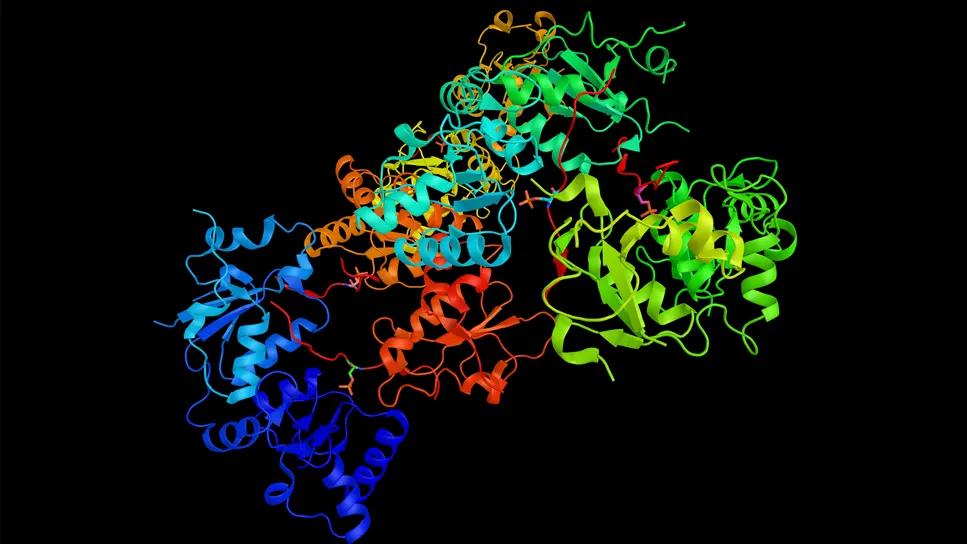Findings strengthen evidence for risk-reducing procedures

Many breast cancer patients with BRCA mutations choose to undergo bilateral mastectomy or have their ovaries removed in hopes of avoiding recurrence, new cancers and improving their chances of survival. Now a large international study provides new evidence that these risk-reducing surgeries do appear to reduce risk.
The retrospective, multicenter study found that risk-reducing bilateral mastectomy and salpingo-oophorectomy were both associated with significant improvement in overall survival and reduced risk of recurrence in BRCA carriers treated for young-onset breast cancer.
Advertisement
Cleveland Clinic is a non-profit academic medical center. Advertising on our site helps support our mission. We do not endorse non-Cleveland Clinic products or services. Policy
While previous studies have found mortality benefits to ovarian removal for the BRCA population, it’s the first study to provide solid evidence supporting mastectomy as a strategy to improve survival in this population.
“People certainly choose bilateral mastectomy in the hopes of improving their survival outcomes, but we’ve never had strong data to counsel them one way or the other,” says co-author Halle Moore, MD, director of Breast Medical Oncology at the Cleveland Clinic. “This is a new observation, and I think it’s really important information to have in counseling our patients.”
The retrospective cohort study used data from the BRCA BCY Collaboration. Researchers studied women with BRCA gene mutations who had been diagnosed with stage 1 to 3 invasive breast cancer at age 40 or younger. Some 5,290 patients at 109 centers across 33 countries were included in the study.
Researchers found that bilateral mastectomy was associated with 36% lower mortality risk, while salpingo-oophorectomy was associated with 42% lower mortality risk. Patients who underwent one or both of the risk-reducing surgeries were also less likely to have a recurrence of breast cancer.
While both surgeries offered benefits, the impact of ovary removal seemed to be more pronounced in women who also underwent mastectomy. The effect was seen across all tumor types, sizes and lymph node status, although it was enhanced in women with triple-negative tumors. Results were more pronounced in women with BRCA1 than those with BRCA2 mutations, but both groups saw a benefit.
Cleveland Clinic had already been recommending salpingo-oophorectomy to BRCA breast cancer patients who are done having children, while risk-reducing mastectomy was being offered as an elective procedure. “These results are pretty compelling, and it does lead me toward a stronger recommendation for both surgeries for young BRCA mutation carriers with breast cancer,” says Dr. Moore.
.
The study, “Association Between Risk-Reducing Surgeries and Survival in Young BRCA Carriers With Breast Cancer: Results From an International Cohort Study,” was presented at the 2024 San Antonio Breast Cancer Symposium.
Advertisement
Advertisement

Reconsidering axillary lymph node dissection as well as depth of surgical margins

Ultra-Hypofractionated Whole Breast Irradiation and Partial Breast Irradiation Reduce Many Toxicities

Robotic-Assisted Procedures Offer Breakthroughs in Lymphedema Treatment After Breast Cancer Surgery

Best practices for reducing toxicities

Partnerships with local social service agencies key to program success

Findings may guide future research and personalized treatments

Real-world results reporting aims to make treatments safer and more effective

Ongoing clinical validation refine breast cancer risk substratification